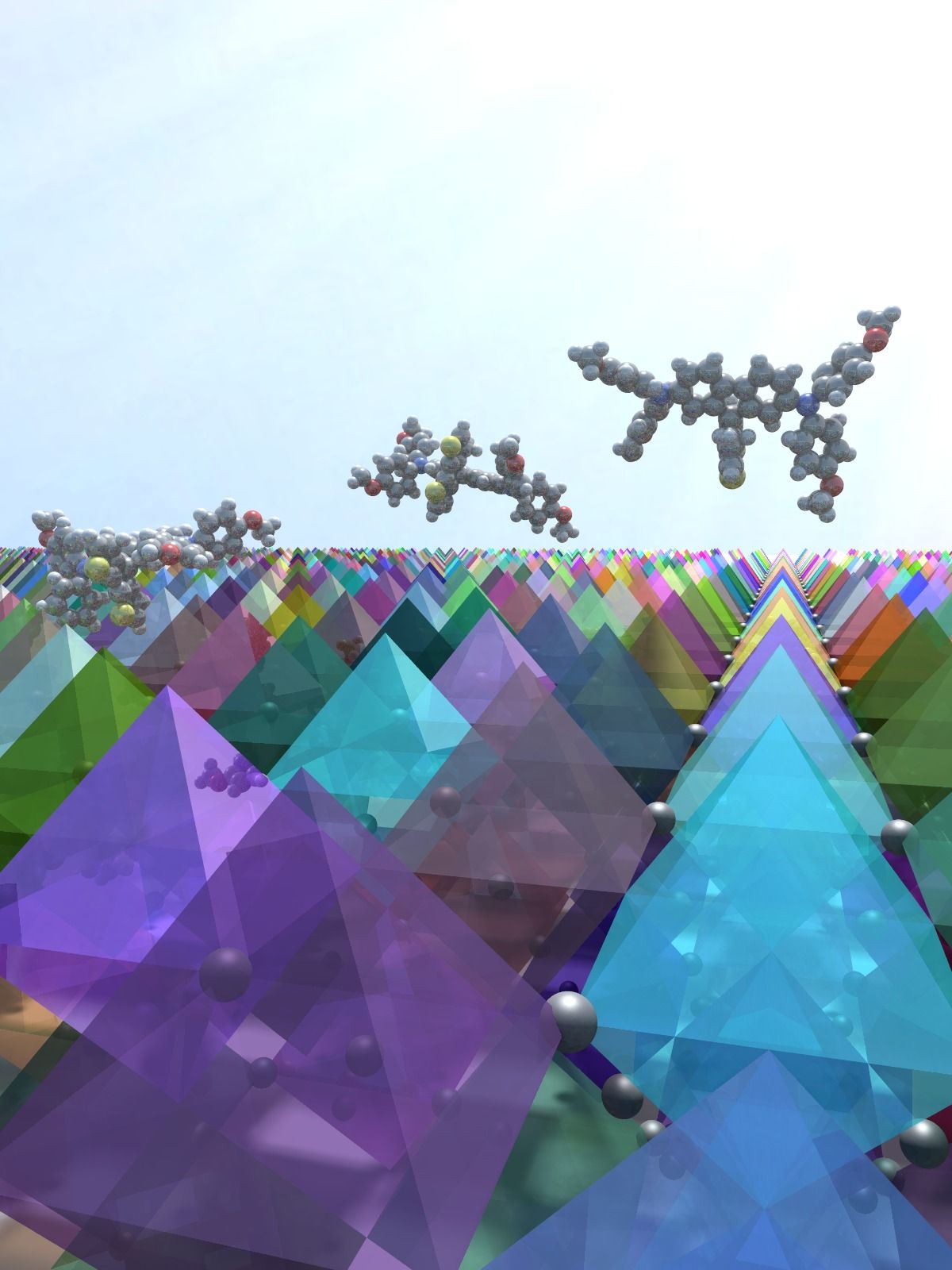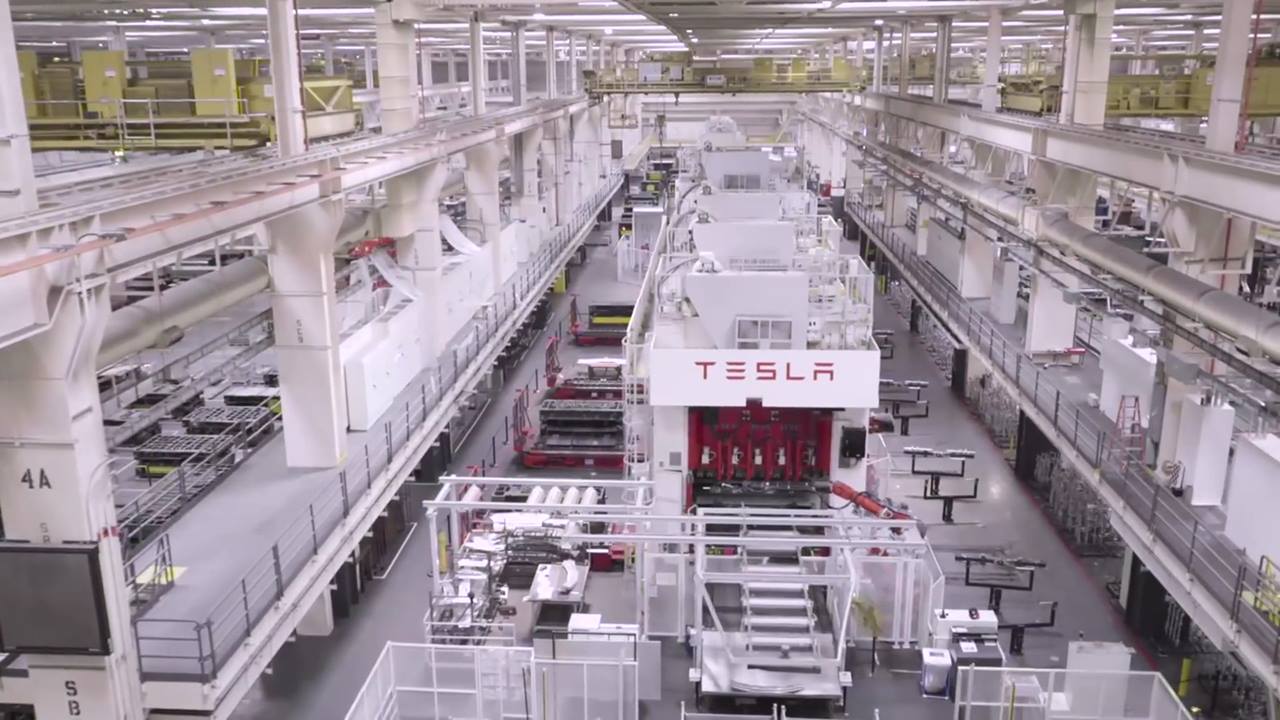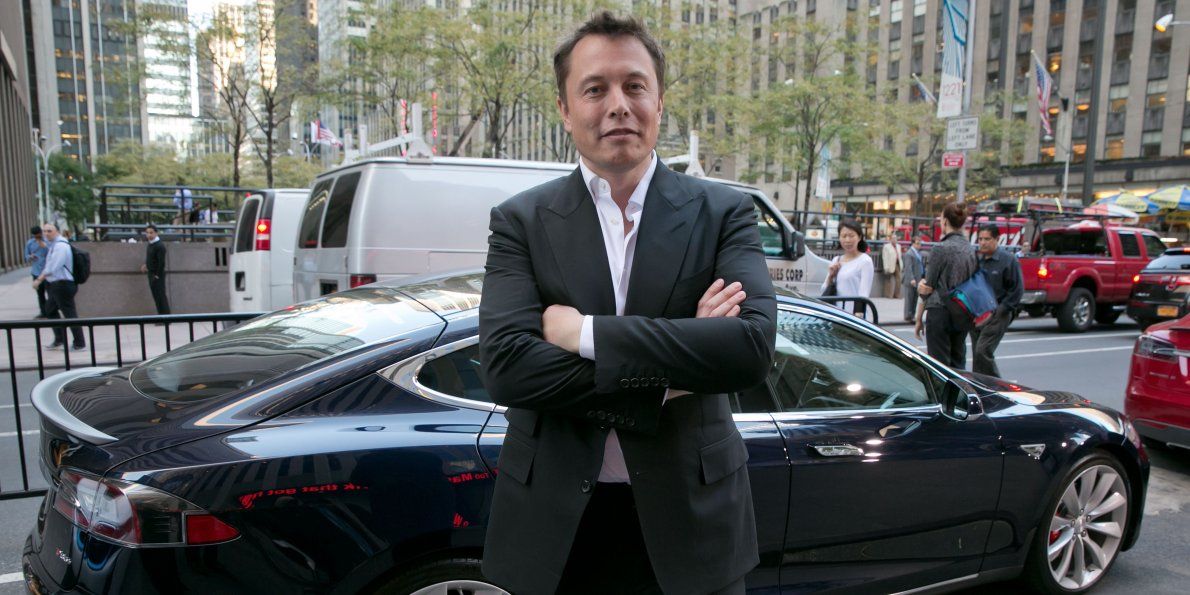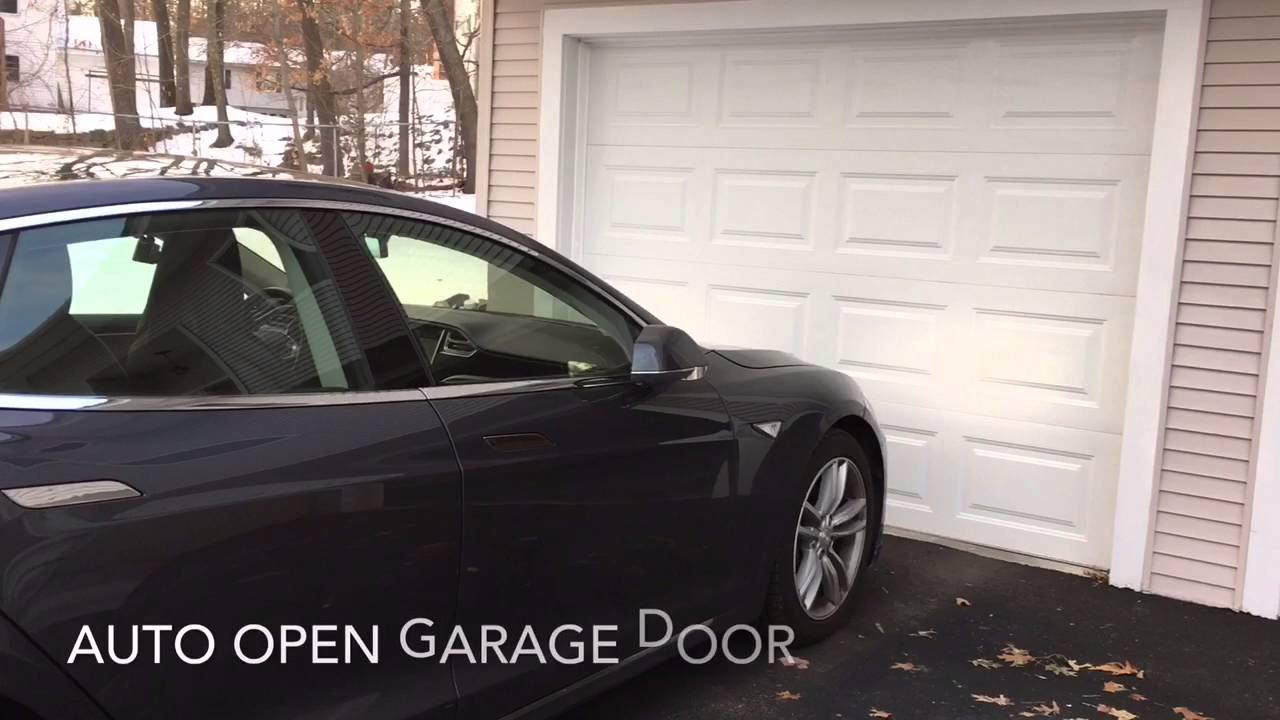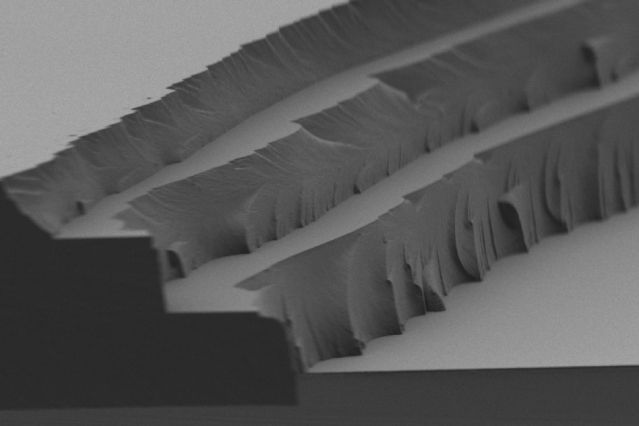Jan 19, 2016
A Brief History of Stephen Hawking Being a Bummer
Posted by Sean Brazell in categories: engineering, existential risks, genetics, sustainability
Yeah, he’s turned into quite the man-of-panic as of late.
Stephen Hawking is at it again, saying it’s a “near certainty” that a self-inflicted disaster will befall humanity within the next thousand years or so. It’s not the first time the world’s most famous physicist has raised the alarm on the apocalypse, and he’s starting to become a real downer. Here are some of the other times Hawking has said the end is nigh—and why he needs to start changing his message.
Speaking to the Radio Times recently ahead of his BBC Reith Lecture, Hawking said that ongoing developments in science and technology are poised to create “new ways things can go wrong.” The scientist pointed to nuclear war, global warming, and genetically-engineering viruses as some of the most serious culprits.
Continue reading “A Brief History of Stephen Hawking Being a Bummer” »

